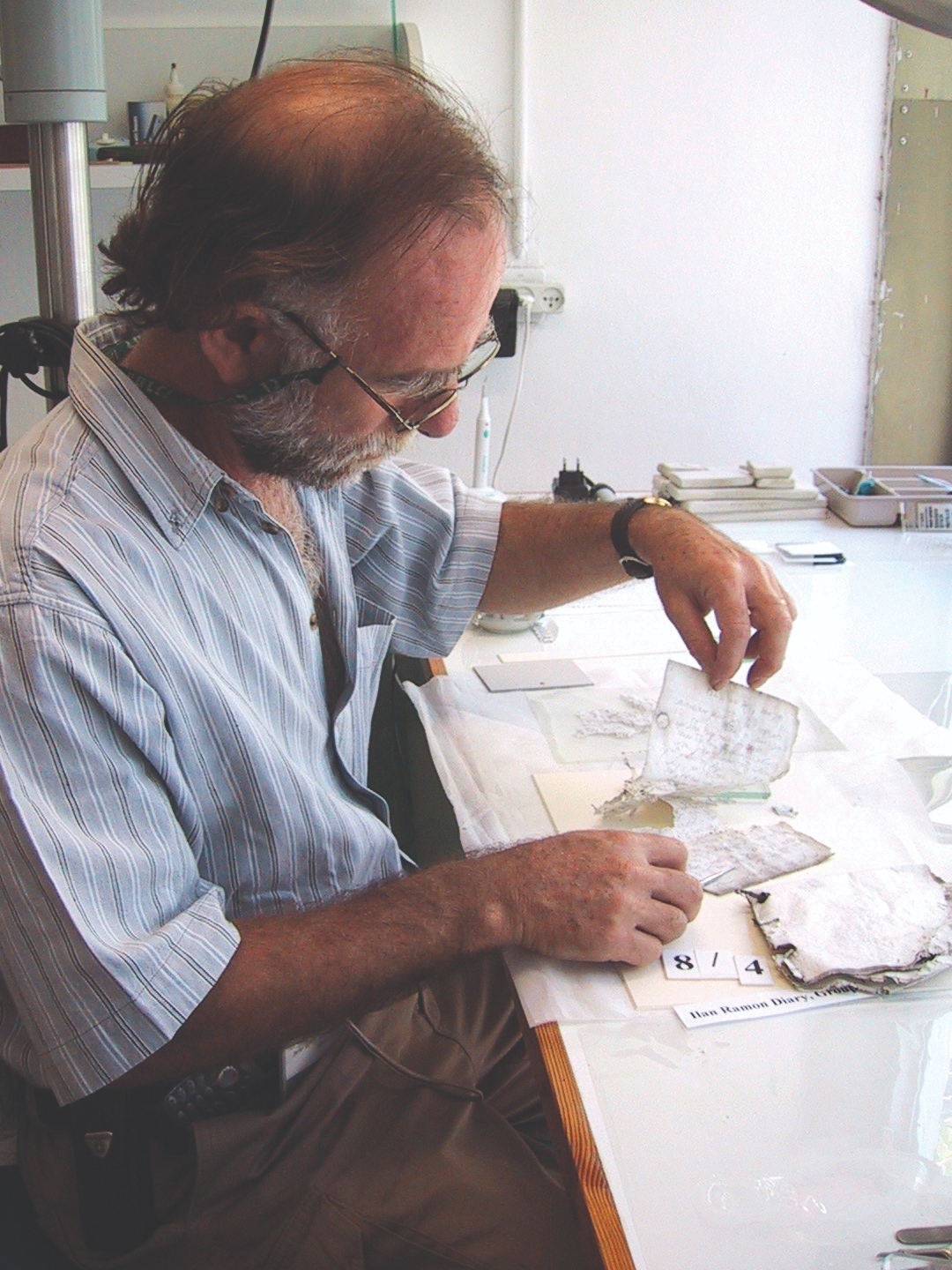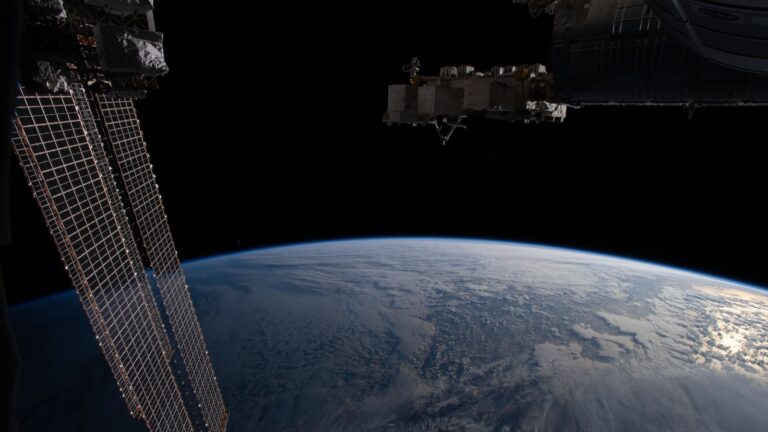Restored pages from the diary of the first Israeli astronaut, Ilan Ramon, found in a Texas field after the fatal 2003 explosion of the Columbia Space Shuttle, and sections of the apocalyptic Enoch Scroll discovered among Dead Sea scrolls dating from 300-100 BCE, are on display in “Through Time and Space,” an unusual exhibit opened May 21 at the Israel Museum in Jerusalem.
Though separated by millennia, these two documents reveal surprising similarities.

Both the ancient Enoch and the modern Ramon can be thought of as “space explorers” writing about their journey through the cosmos.
And both handwritten texts were reduced to torn fragments with most of the writing completely obliterated, requiring intensive restoration to stabilize the pages and decipher the words.

The Enoch Scroll’s remnants were found among the Dead Sea Scrolls, hidden in a Judean desert cave for 2,000 years.
One deciphered passage reads: “So I, Enoch, saw the vision of the end of everything alone; and none among human beings will see as I have seen” (1 Enoch 19:3).

In the case of Ramon’s diary, joint conservation work by the Police Criminology Department and the Israel Museum succeeded in reconstructing significant parts of the text.
In one passage, Ramon writes to his wife, Rona, just before the Columbia mission was to go into outer space:
“Rona, I had fun opening your e-mail in the evening and reading what you wrote! Tomorrow I’ll tell you to write to me every day! It’s important. Love you, love you all. The whole four-and-a-half-years that we waited and wished for this moment – suddenly they all seem like nothing! It was worth it! I hope you feel that way too. What an experience! It’s like something out of the movies. From the world of tomorrow. From a world that only a few get to experience. This floating… beautiful Earth.”
















